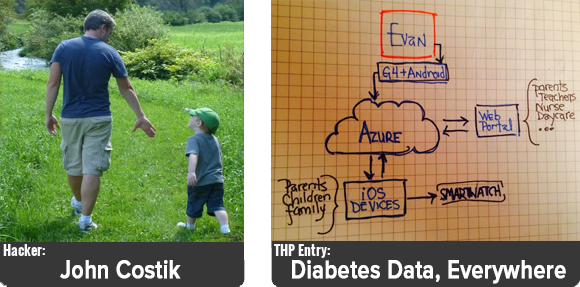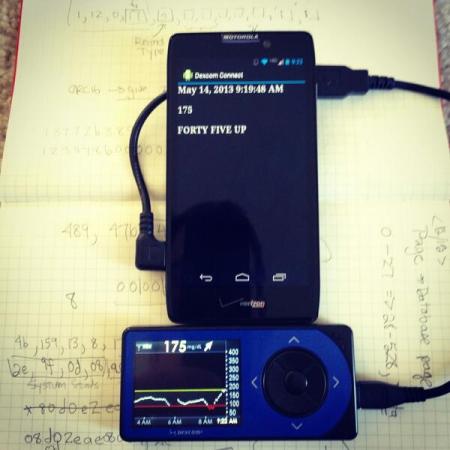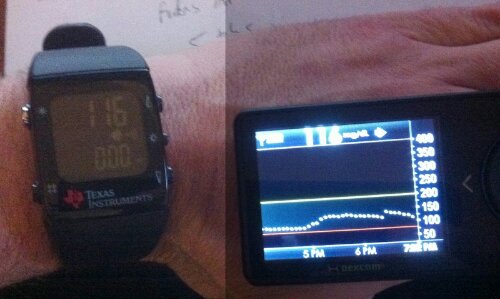A surprising amount of entries for The Hackaday Prize are medical devices, and the regulatory problems associated with that domain. [John Costik]’s Diabetes Data, Everywhere is one of the few projects that is perfect for a world where the words ‘hack’ and ‘FDA’ simply cannot be found in the same sentence.
[John]’s son was diagnosed with Type 1 diabetes at a very young age, and very early [John], his family, and the school nurse have had to deal with the nearly innumerable tasks that type 1 diabetes management entails. A Dexcom continuous glucose monitor is a big help, providing a wealth of glucose logging in a small, wearable device.
This monitor, however, is relatively locked down; the stock device is unable to push data to the Internet. [John] reverse engineered the protocol for this glucose monitor, enabling [John] to monitor his son’s blood glucose levels from anywhere on the planet.
There’s a huge community of people waiting for the technological advancements of the last thirty years, like the Internet and portable, networked devices, to make it into medical devices. [John]’s project has already gotten a bit of local news coverage, and is a perfect example of expanding the capabilities of existing devices to make his and his family’s life more convenient.
Bio/interview below.














